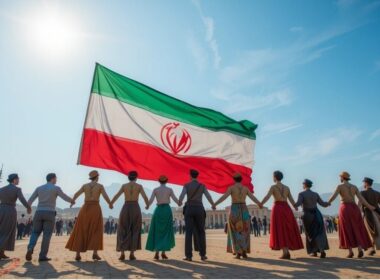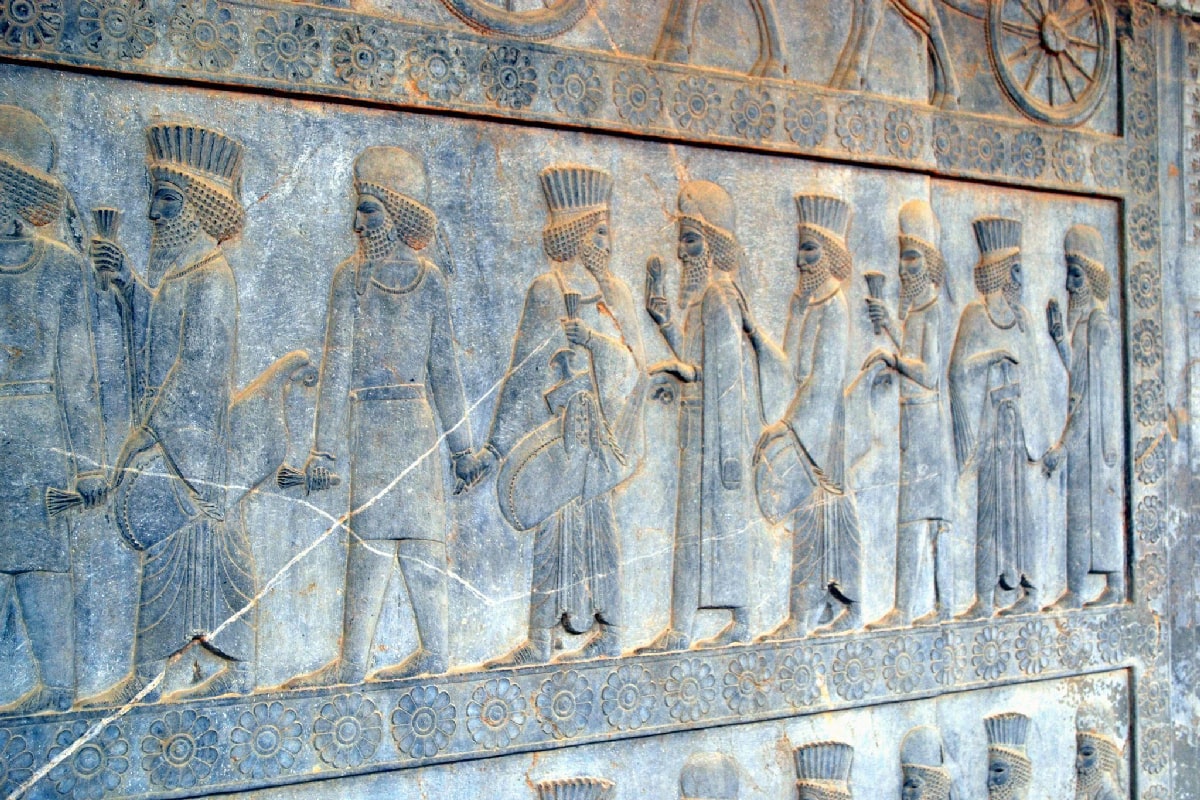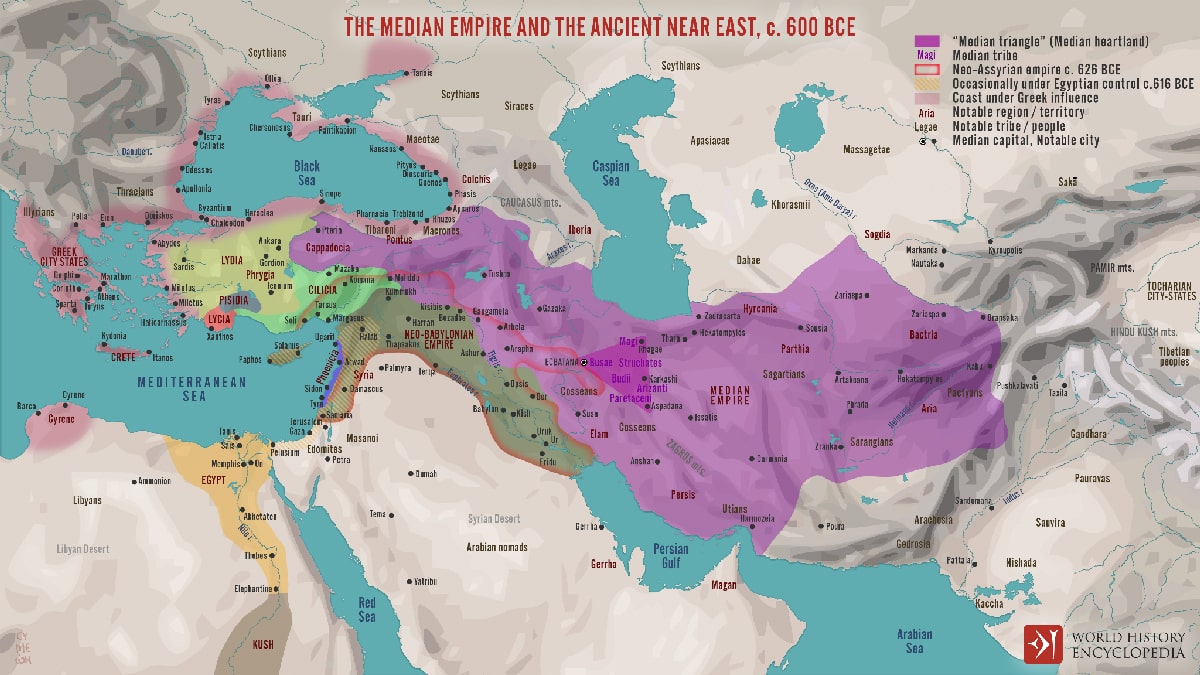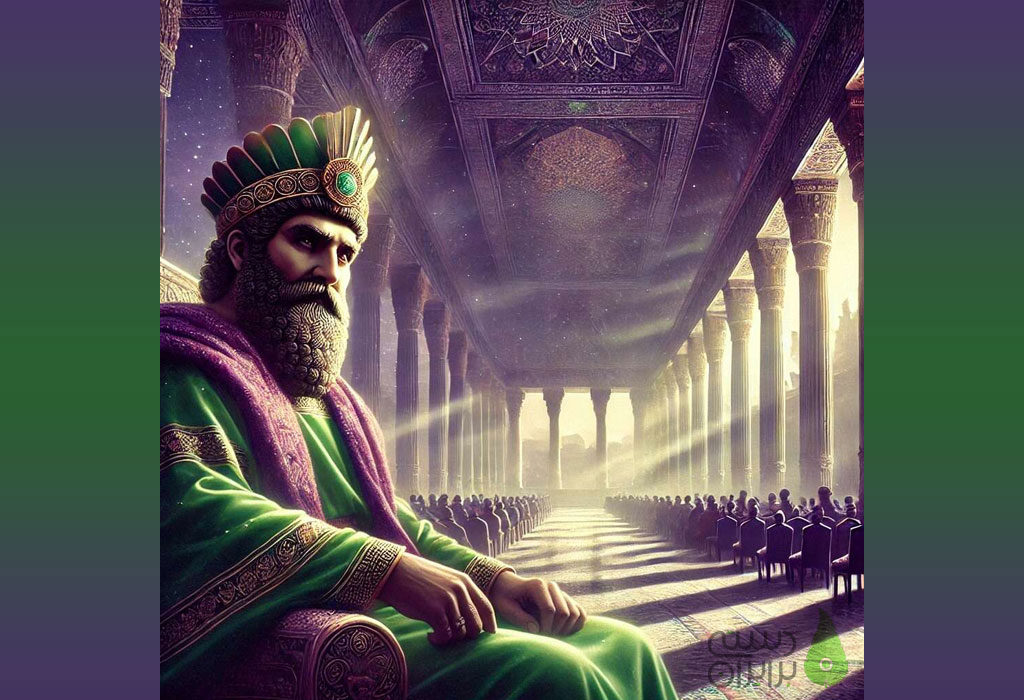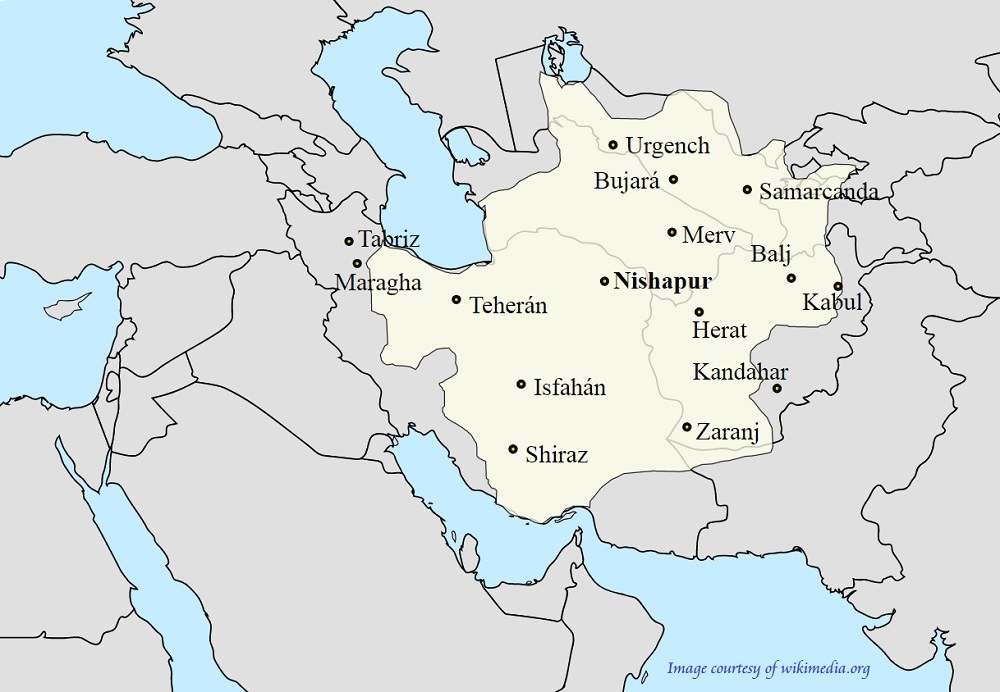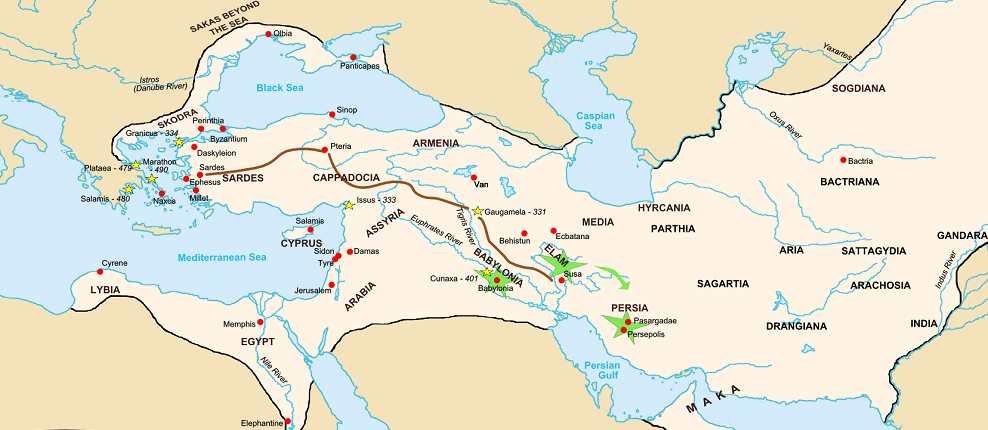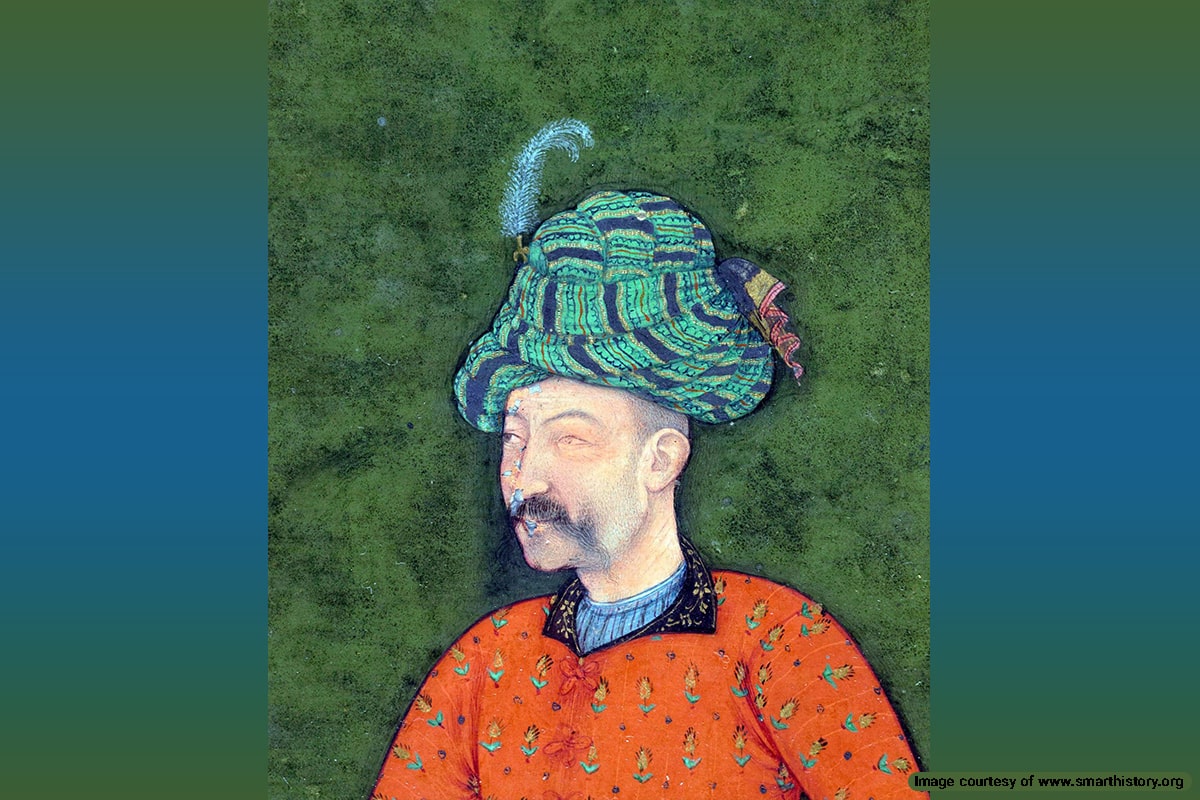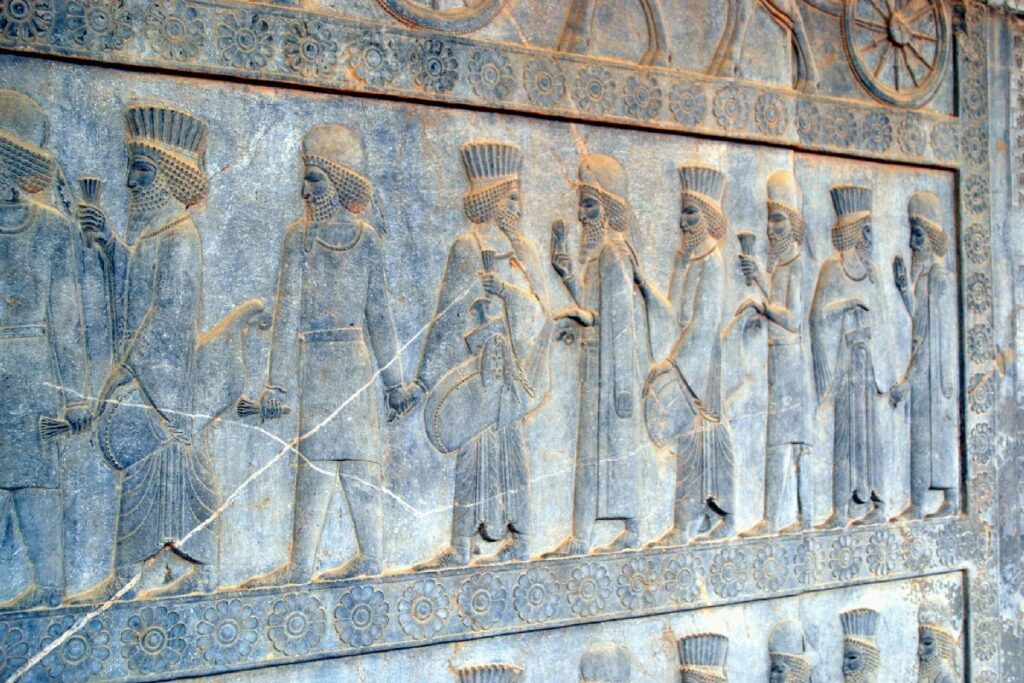
The Median Empire was founded through the unity of a series of tribes and expanded over most of West Asia from 607 BCE to 549 BCE. Their origins and conquest of other kingdoms created the diverse Medes Empire ethnicity combination. This ethnic makeup played a pivotal role in shaping Iranian culture and society in later periods. Let’s delve into ancient Iranian social structures that started with the Medes.
How Many Ethnic Groups Were in the Medes Empire?
According to Herodotus, the Medes were a group of six proto-Iranian tribes:
The Busae, Paretakenians, Struchates, Arizantians, Budians, and Magians
These tribes resided in the Medes heartland between Ecbatana, Aspadana, and Rhagae. They held the most influence in the united Medes empire, although among them the Magians were mostly a spiritual caste. There is speculation that the Magi were an early form of Zoroastrian priests in the Medes Empire.
The Medes Kingdom’s expansion brought other ethnic groups under their rule, most notably:
- Persians: The Persians were a tribe that arrived on the Iranian plateau along with the Medes. They were located in the southern lands of the Medes Empire in what is known as Fars Province today. An alliance with the Medes helped them overthrow the Assyrians. They later revolted against the Medes and formed the Achaemenid Empire.
- Parthians: Parthians were another Iranian ethnic group that resided in Parthia, an ancient region in northeast Iran. They were conquered by the Medes expansion in the 7th century BC. The Parthians were famed for their horse riding and gifted horses to the Medes as a form of tribute to the empire.
- Gutians: Researchers believe this group resided in Gutium, a region in the Zagros mountains. The Gutians were known as raiders who were responsible for the fall of the Akkad dynasty. There is some ambiguity about the term Gutians, as it refers to various regions and populations in various Mesopotamian contexts.
- Hurrians: A Bronze Age culture in the northwest of modern Iran, the Hurrians were the predecessors of the Urartu civilization. They are also known as Subartu, and Horites in biblical texts. They conquered city-states in upper Mesopotamia and adopted their cultural elements and political systems.
- Lulubians: They resided in Lulubi, an area in the southern regions of modern Kurdistan. Records of Lulubian culture are scarce, and there is only one word that can be attributed to their language. So, there are doubts about the existence of such ethnolinguistic groups.
- Kassites: This group originated from the Zagros region, but the exact accounts of their regional presence remain a mystery. They moved to upper Babylonia and became a part of Babylonian society as farmers and horse breeders.
- The Cadusii: Another significant ethnic group in the 6th century BCE was the Cadusii that resided south of the Caspian Sea. They were a defiant tribe that rose against the Medes under Persian influence. After the rise of the Achaemenids, they formed insurgencies against the central Achaemenid government.
- Elamites: After driving back the forces of the Neo-Assyrian kingdom in 616 BCE, the Medes took control of Elam. The Cissians were another ethnic group, the inhabitants of Susiana, who joined the Median kingdom in that period.
Also, there were others who were not indigenous to the Iranian plateau, but were united under the Median government. They were:
- Scythians: The Scythians were an Iranian ethnic group in the East of the Iranian plateau that became subject to Median rule after the expansion into Anatolia. Scythians were long-time rivals who were expelled by the Medes and retreated into the Pontic Steppe.
- Assyrians: After the Medi-Babylonian conquest of Assur in 614 BCE, Assyrians were ruled by the Medes. This inclusion continued into the Achaemenid empire.
- Chaldeans: Chaldeans were a West Semitic tribe that founded the Neo-Babylonian dynasty after the fall of the Assyrian Empire. They joined the Median and Elamite forces to fight against the Assyrians.
- Urartu: After the Medes conquest of Van, the Urartian Capital, in 590 BCE, the ethnic groups that were ruled by the previous kingdom were added to the diverse Medes Empire. They included the Phrygians, Moskes, Armens, Alans, and Cimmerians.
Unity of Various Ethnic Groups Against Assyrians
The main reason leading to the unity of various tribes under one banner was the Neo-Assyrian dynasty. Their incursions into other territories and violent treatment of subjugated tribes led to the initial unity. A common threat unified the Medes to repel the Assyrian forces from their lands. Their success and display of military superiority convinced other tribes to join forces and end the Neo-Assyrians in their homeland, Assur.
Through marital alliances and military conquest, the Medes were able to rule over the ethnic groups listed above. However, there was no singular religious ideology driving the Medes, so other ethnic groups were able to maintain a degree of independence under Median rule.
It should be noted that there are still doubts as to whether this large Medes government existed. There are no inscriptions from the Medes that claim to have united all of Asia, as there is with the Achaemenid Empire.
The Importance of Ethnic Diversity in the Medes Empire
The inclusion of such a diverse range of ethnic groups in the Medes Empire had both positive and negative results for the Median Kingdom. The unity of different ethnic groups meant the exchange of ideas, crafts, government, and cultural practices. This led to a culturally rich landscape that helped the Medes prosper. The assimilation of diverse traditions and customs helped create a unique and diverse society that prospered in collaboration.
However, managing such a diverse population brought its share of significant challenges for the rulers of the Medes Empire. Navigating the complex web of relationships between these ethnic groups called for a delicate balance of power and diplomacy. The Medes had to carefully consider the interests and allegiances of subject ethnic groups while addressing political issues. Cultural differences, language barriers, and religious beliefs would eventually lead to conflict and unrest within the empire.
Ethnic Diversity in Median Religion, Culture, and Art
Research about Median religious practices has uncovered signs of early forms of Mithraism and Zoroastrianism. However, the discovery of religious artifacts such as a bronze head of Pazuzu, the Assyrian mythical figure, alludes to the popularity of Assyrian deities and other Mesopotamian religious practices in the Medes territories.
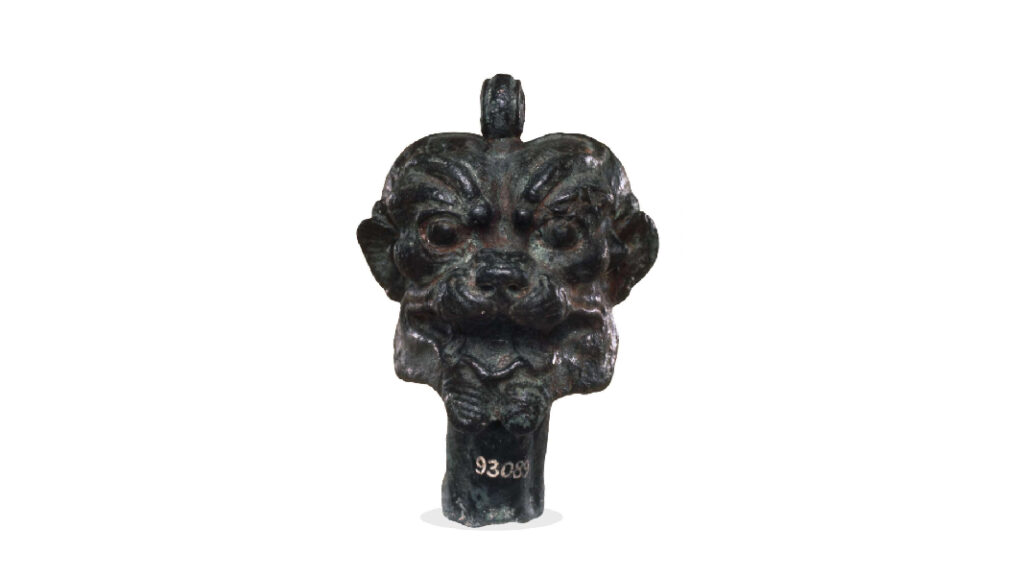
The historical artifacts attributed to the Medes civilization are a fine example of the Medes Empire’s ethnic diversity. They adopted crafts such as making rhyton objects from other cultures, such as Assyrian, Scythian, and Babylonian. The use of animal motifs and craftwork that are a combination of Mesopotamian and Median art styles. The Medes also adopted metalworking techniques from local rulers in Alborz that crafted exquisite gold objects before the rise of the Median Empire.
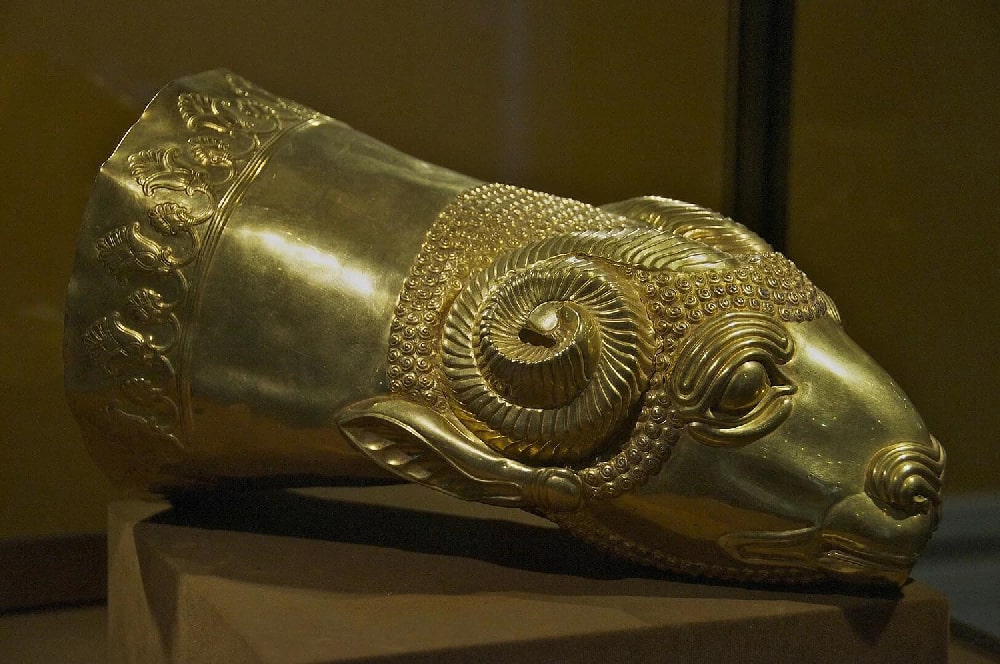
The Legacy of Medes Empire’s Ethnic Policies
The Medes’ tolerance toward other ethnic and religious groups was a decisive factor in their ability to establish one of the largest kingdoms in ancient history. Their successor, the Achaemenid Empire, followed in their footsteps and perhaps learned from their mistakes in the management of an ethnically diverse kingdom.
Median ethnic policies certainly influenced Cyrus the Great, in the creation of the Cyrus Cylinder and his promotion of human rights. The Medes Empire is considered the first Iranian empire and their inclusion of various ethnic groups is one of the foundations of the Iranian national identity.





